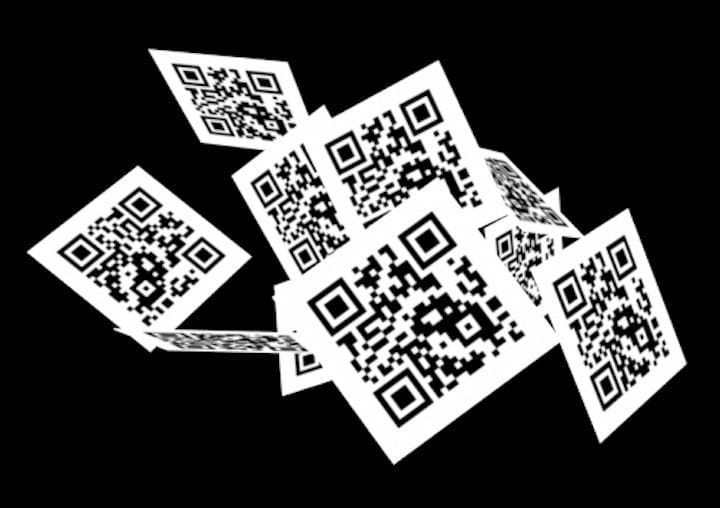![Can QR codes be practically used to track 3D printed parts? [Source: Fabbaloo]](https://fabbaloo.com/wp-content/uploads/2020/05/image-asset_img_5eb0a85c93dc4.jpg)
Researchers have developed a very tricky method to embed tracking information into 3D prints.
The research team, from NYU Tandon and NYU Abu Dhabi, have been experimenting with embedding QR codes into 3D prints in a very unusual way.
The use of QR codes to label 3D prints is definitely not a new idea by any means. It’s actually quite easy to emboss a 3D model with a QR code, and this code shows up on the surface of the 3D print.
If the embossed area is sufficiently different in color from the base area, then it can be successfully read as a QR code and thus you have identified the tracking number for that particular print. Such QR codes could be unique for each print, or for each batch or other configurations.
But there’s a problem with this approach, one that renders it almost useless for professional use.
A fake part could simply duplicate or simulate the same QR code on the surface of the print. This is easily done by simply 3D scanning a sample part to reverse engineer the CAD model and then applying a new (or duplicate) QR code to the new model.
If that can happen, how can a manufacturer who’s using the part be guaranteed it is in fact an original part? How can you trust the code if it can be duplicated so easily?
That’s what the researchers here aimed to solve, and it appears they have done so.
Their approach was three-fold.
![[Source: NYU Tandon]](https://fabbaloo.com/wp-content/uploads/2020/05/code-3d-printed-parts_img_5eb0a85d201db.jpg)
First, they embedded the QR code into the interior of the 3D print. This meant it could not be visually seen and duplicated. But it also meant that to “read” the code you would have to use a deep scanning approach, such as a CT scan. That’s a lot more trouble than using a simple hand QR scanner.
In second approach the QR code itself was translated from its original visible state into a number of innocuous internal features, making it even more difficult to read.
Finally, they employed was to embed not just one QR code, but multiple invalid codes in addition to the original. These were sprinkled throughout the interior of the part and were oriented randomly.
But only one of the codes was the correct code. Which one was it?
By orienting the part in different ways towards the CT scanner one could read all of the codes, but which was the correct one?
The answer is that the “secret” information required to unlock the code here is a known scan orientation. The manufacturer need only set up the part in a specific way to read the code and verify that the part is indeed genuine.
It’s an ingenious solution that is difficult to overcome. However, the only way to fake the part would be to somehow obtain the secret orientation coordinates and the algorithm for QR code transformation. If these were pilfered from the original part manufacturer, then fake parts could again be printed. So this is not entirely a secure approach, but it is perhaps the most secure method we’ve yet seen to achieve part certification.
Via NYU Tandon











Create It REAL has signed a deal with Spentys to help devise a secure system that provides onsite 3D printing of orthopedic devices in practice offices.